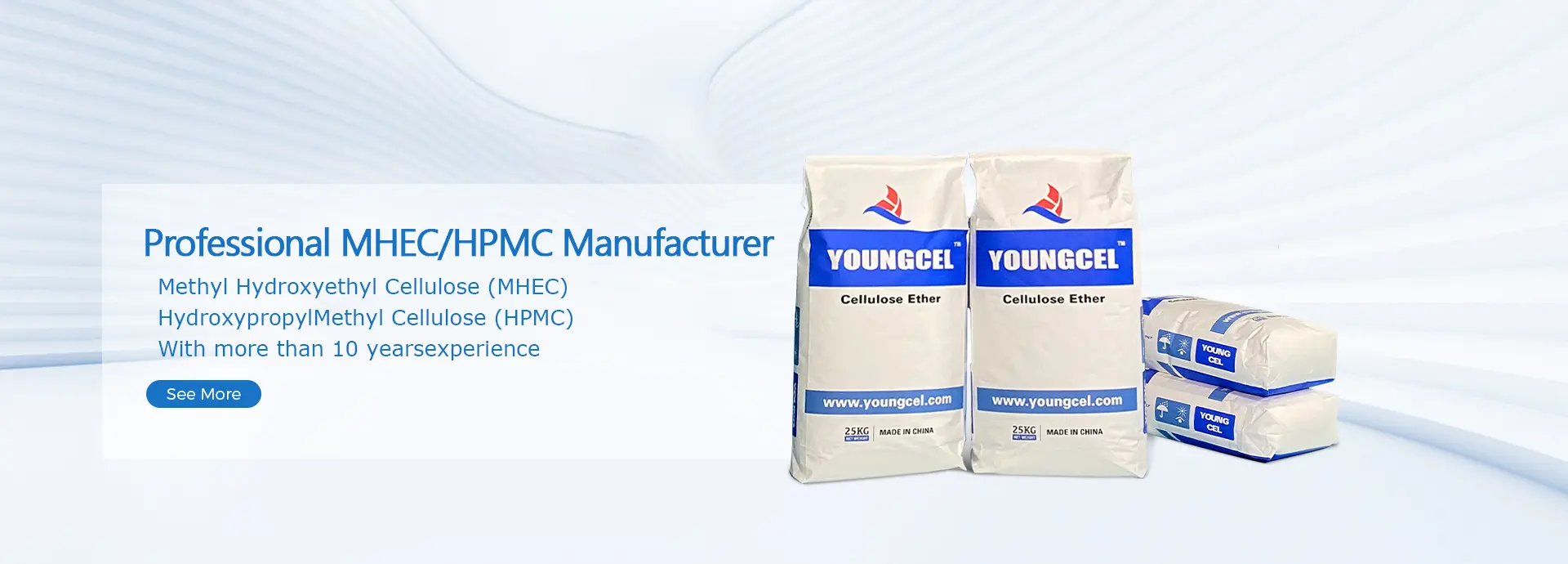Understanding HPMC A Versatile Chemical Compound
Hydroxypropyl Methylcellulose (HPMC) is a semi-synthetic polymer derived from cellulose, widely recognized for its unique properties and versatility in various applications. This chemical compound is primarily used in the food, pharmaceutical, and construction industries, among others, due to its ability to modify viscosity, form films, and enhance stability.
Composition and Properties
HPMC is derived from cellulose, which is a natural polymer found in plant cell walls. The modification process involves the reaction of cellulose with propylene oxide and methyl chloride, resulting in a compound that possesses hydrophilic characteristics. This makes HPMC soluble in both hot and cold water, unlike its parent cellulose.
The degree of substitution (DS) of HPMC can vary, influencing its viscosity and solubility. This variability allows manufacturers to tailor HPMC to fit specific requirements in different formulations. Its non-toxic nature and compatibility with a variety of substances make it an essential ingredient in many industries.
Understanding HPMC A Versatile Chemical Compound
1. Pharmaceutical Industry HPMC is widely used as a binder and film-forming agent in the production of tablets and capsules. Its ability to control the release of active pharmaceutical ingredients (APIs) makes it invaluable in the formulation of controlled-release medications. Additionally, HPMC is often used in the creation of gel-forming systems for topical applications due to its ability to retain moisture and enhance the texture of creams and ointments.
chemic hpmc

2. Food Industry In food applications, HPMC acts as a thickening agent, emulsifier, and stabilizer, enhancing the texture and mouthfeel of various products. It is commonly found in sauces, dressings, and bakery products, where it helps to improve viscosity and moisture retention, ensuring the final product remains appealing and palatable. Furthermore, HPMC is often utilized in gluten-free products, providing the necessary structure and stability that may be lacking due to the absence of gluten.
3. Construction Industry HPMC plays a significant role in the construction sector, particularly in the formulation of cementitious materials, such as mortars and tile adhesives. Its water-retention properties prevent dehydration during the curing process, improving workability and adhesion. Furthermore, HPMC enhances the flexibility and durability of building materials, making them more resilient to environmental changes.
4. Cosmetics and Personal Care The cosmetic industry also benefits from HPMC, utilizing it as a thickener and stabilizer in various formulations, such as lotions, shampoos, and gels. Its ability to form a film on the skin helps to retain moisture, contributing to the overall efficacy of topical products.
Environmental Considerations
As the demand for sustainable and biodegradable materials increases, HPMC remains a favorable option due to its plant-derived origin and non-toxic nature. It is considered environmentally friendly, as it breaks down naturally and does not contribute to pollution. However, ongoing research is necessary to ensure its production processes are equally sustainable.
Conclusion
HPMC's versatility and multifaceted applications make it an essential compound across several industries. Its unique characteristics, such as solubility, film-forming ability, and non-toxic nature, ensure its continued relevance in the development of innovative products. As industries seek more sustainable solutions, HPMC is well-positioned to meet the growing demand for natural and biodegradable alternatives. With continued research and development, HPMC will likely play an even more significant role in various applications in the future, reinforcing its status as a vital chemical compound in modern manufacturing and formulation practices.
-
Rdp Powder: Key Considerations for Wholesalers in the Building Materials IndustryNewsJul.08,2025
-
Key Considerations for Wholesalers: Navigating the World of Hpmc - Based ProductsNewsJul.08,2025
-
Hpmc Detergent: Key Considerations for WholesalersNewsJul.08,2025
-
Key Considerations for Wholesalers: China Hpmc For Tile Adhesive, Coating Additives, Concrete Additives, and MoreNewsJul.08,2025
-
Crucial Considerations for Wholesalers: Navigating the World of Construction MaterialsNewsJul.08,2025
-
Key Considerations for Wholesalers Sourcing Additive For Cement, Additive For Concrete, Additive For Putty from Additive Manufacturer Shijiazhuang Gaocheng District Yongfeng Cellulose Co., Ltd.NewsJul.08,2025




